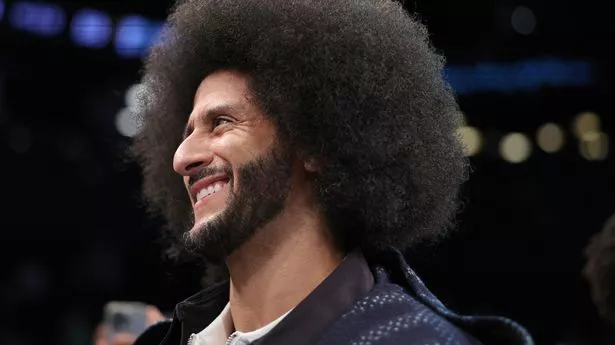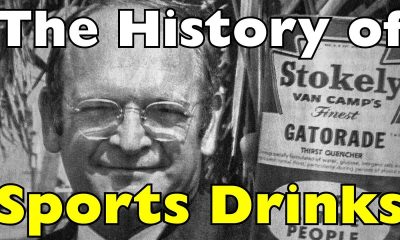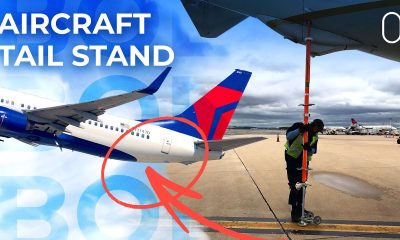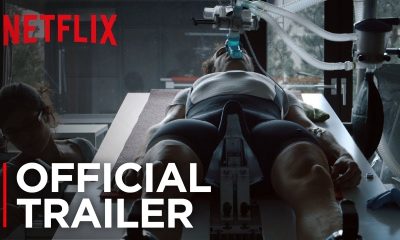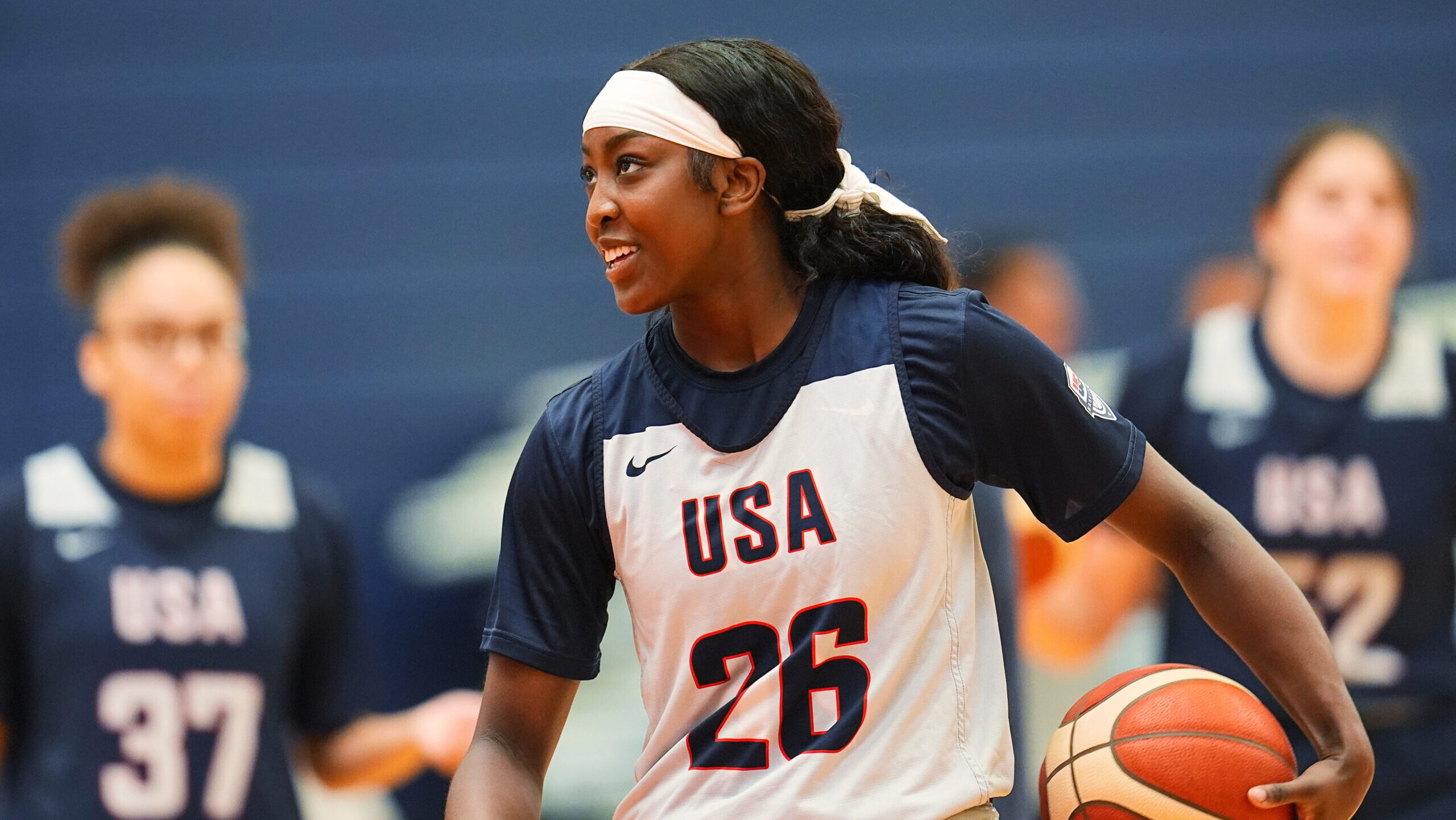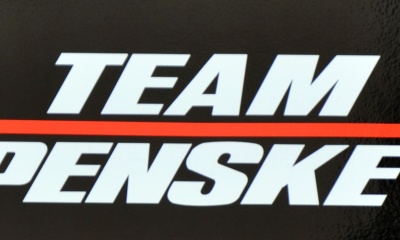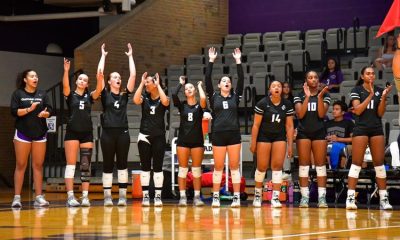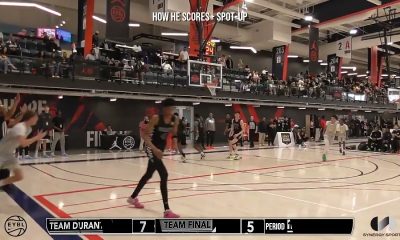
Shutterstock
Donald Trump is jumping into the college sports NIL debate with both feet, planning to sign an executive order that would create nationwide standards for how athletes can profit from their name, image, and likeness. The move caught many college sports insiders off guard — even those who’ve been talking with Trump about these very issues.
Texas Tech booster Cody Campbell, who’s been having regular conversations with Trump this summer about stabilizing college athletics, admitted to USA Today he “hadn’t heard anything” about the executive order specifically. But he wasn’t totally surprised by Trump’s decision to take action.
This push comes while members of Congress are working on their own solution. The SCORE Act (Student Compensation and Opportunity through Rights and Endorsements) was recently introduced in the House, aiming to create federal standards that would replace the current messy patchwork of state laws governing player compensation.
Trump’s administration had previously considered creating a college sports commission, but they’ve put those plans on hold for now.
The timing is interesting.
SEC Commissioner Greg Sankey, who recently met with Trump at his Bedminster golf club alongside Notre Dame Athletic Director Pete Bevacqua, shared his thoughts on the situation during an ESPN interview this week.
“It’s not a secret, I had a chance to visit with the President,” Sankey told ESPN Wednesday. “We met and played golf at Bedminster, and his interest is real. My takeaway: he wants to be supportive of college athletics, make sure that it’s sustainable, the Olympic program and the Olympic development.”
Sankey added that Trump seemed particularly concerned about women’s athletics and establishing “real boundaries” for NIL. Despite their conversations, Sankey admitted he didn’t have “inside reports” about what prompted Trump’s sudden executive order announcement.
The commissioner emphasized that congressional action remains “a real priority” for college sports leaders, noting he’d spoken with lawmakers just yesterday about the House bill that recently cleared a subcommittee.
This isn’t the first time college football figures have gotten involved in the political process. Earlier this year, South Carolina head coach Shane Beamer testified before a House subcommittee on these very issues. Former Alabama coaching legend Nick Saban has also repeatedly called for regulatory changes to the current NIL system.
With both Congress and now the executive branch looking to tackle NIL rules, college sports could be heading for its biggest regulatory shakeup in decades.

5 Rookies Already Turning Heads in NFL Preseason Camps

